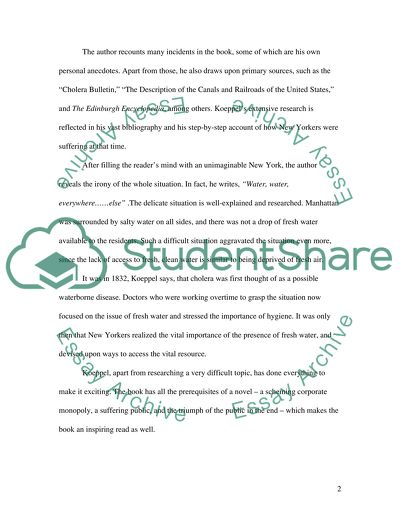Cite this document
(“Water for Gotham: a history by Gerard T. Koeppel Essay”, n.d.)
Water for Gotham: a history by Gerard T. Koeppel Essay. Retrieved from https://studentshare.org/literature/1501898-water-for-gotham-a-history-by-gerard-t-koeppel
Water for Gotham: a history by Gerard T. Koeppel Essay. Retrieved from https://studentshare.org/literature/1501898-water-for-gotham-a-history-by-gerard-t-koeppel
(Water for Gotham: A History by Gerard T. Koeppel Essay)
Water for Gotham: A History by Gerard T. Koeppel Essay. https://studentshare.org/literature/1501898-water-for-gotham-a-history-by-gerard-t-koeppel.
Water for Gotham: A History by Gerard T. Koeppel Essay. https://studentshare.org/literature/1501898-water-for-gotham-a-history-by-gerard-t-koeppel.
“Water for Gotham: A History by Gerard T. Koeppel Essay”, n.d. https://studentshare.org/literature/1501898-water-for-gotham-a-history-by-gerard-t-koeppel.


